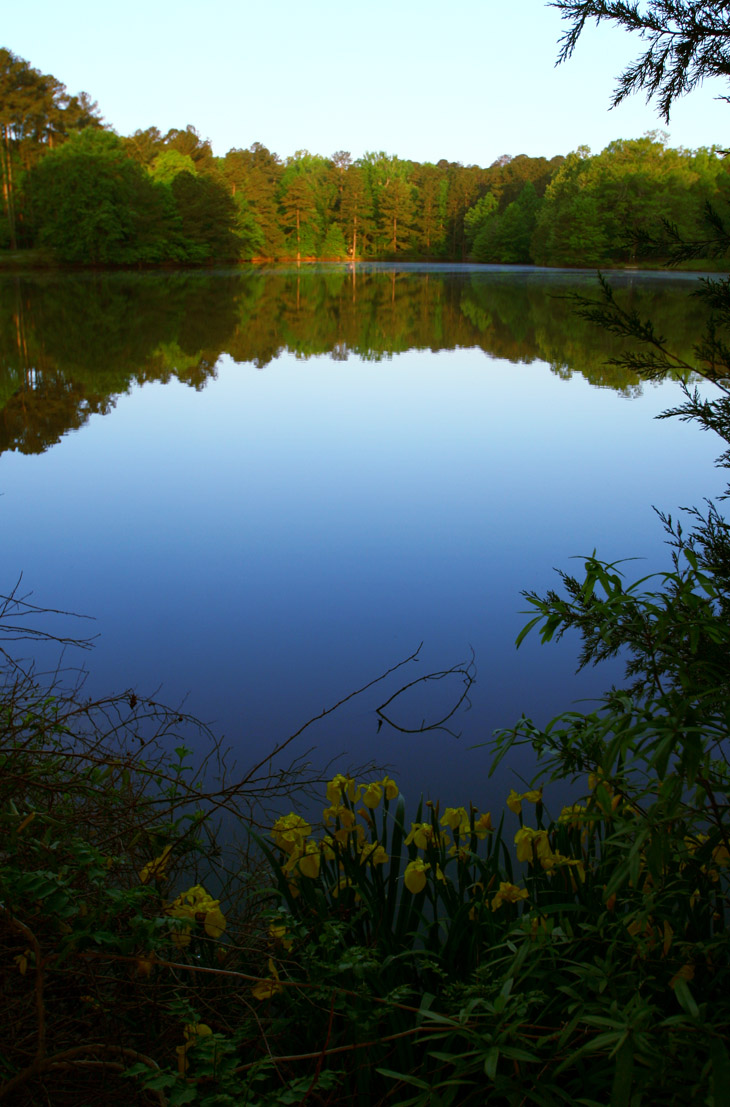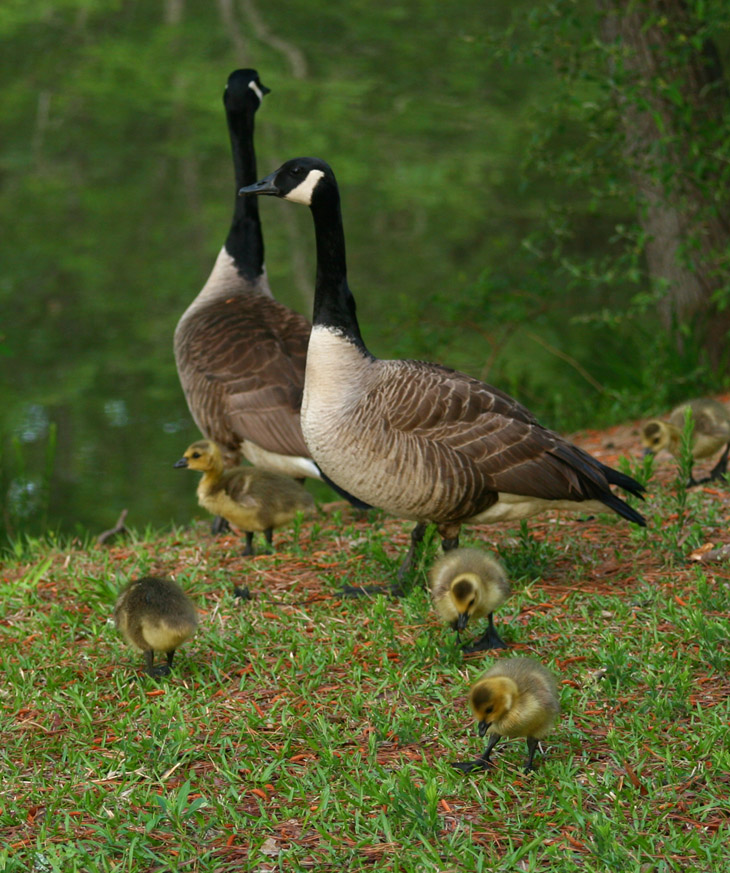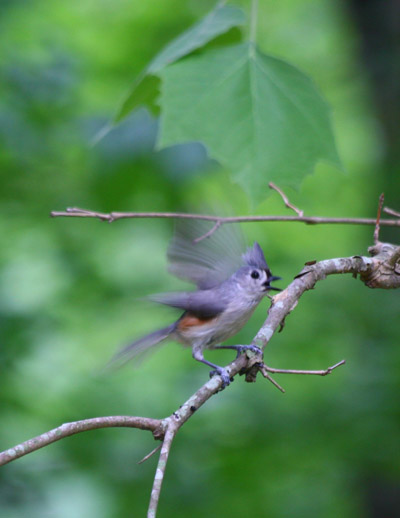 This Saturday, May 13th, is National Migratory Bird Day, and I know that’s got you as excited as this guy here. I will be on the road at least part of that day, so I don’t know whether I’ll get the chance to do any appropriate shots or not – we’ll just have to see. But I figured I’d get a little head start on it, because I have the time today and a pair of semi-cooperative subjects.
This Saturday, May 13th, is National Migratory Bird Day, and I know that’s got you as excited as this guy here. I will be on the road at least part of that day, so I don’t know whether I’ll get the chance to do any appropriate shots or not – we’ll just have to see. But I figured I’d get a little head start on it, because I have the time today and a pair of semi-cooperative subjects.
Due to taking down a few of the damnable longneedle pine trees in the yard and my inherent laziness in selecting a new location for the birdhouses that had been affixed thereto, we only had one birdhouse mounted when nesting season rolled in, and it was occupied by a tufted titmouse (Baeolophus bicolor) family, despite my initial suspicions/hopes that it was a flying squirrel. At present, the young are hatched and growing both older and more noisy, at least when a parent arrives with food but, as you will soon hear, even when they’re not there yet. I could easily sit up on the back deck with the long lens and do a few shots as the parents came around, though they were aware of me and not in an approving way.
Both sexes take turns feeding the young so it’s not hard to get comparison photos – the male tends to be a lot noisier though. The day’s overcast and that area of the yard is usually in mixed shadow anyway, so I have a lot of blurred shots as the hyperactive birds moved faster than my shutter. I also missed the opportunity to get one of the parents removing feces from the box; the nestlings produce a lot of shit, but it comes out coated in mucus and the folks just snatch it up in their beak and carry it away (otherwise I think it would lift the roof off the box.) If you really want to see this though, let me know and I’ll do a doody stakeout.

Like above, this is dad again, watching me warily before deciding I was holding still enough (despite the shutter noise) and popping down into the nest box. The tree is an American sycamore, but it’s not the one that the nest box is attached to, it’s just a neighbor with handy lower branches, since titmice like to pause nearby and scope out the surroundings before revealing where their vulnerable young are. Often the meals they bear are small and subtle, so I was glad to capture this one with a more prominent meal, an orthopteran of some kind, likely a young katydid. They also adore inchworms, which is fine, because those little larva do too much damage to plants that we’re trying to keep intact.
But I couldn’t stick to just photos – not when I have the little audio recorder. I tried one session where the recorder hung on the side of the tree a short distance from the nest box, but the audio was too faint, so I attached the lapel mic and poked it through a hole in the box.
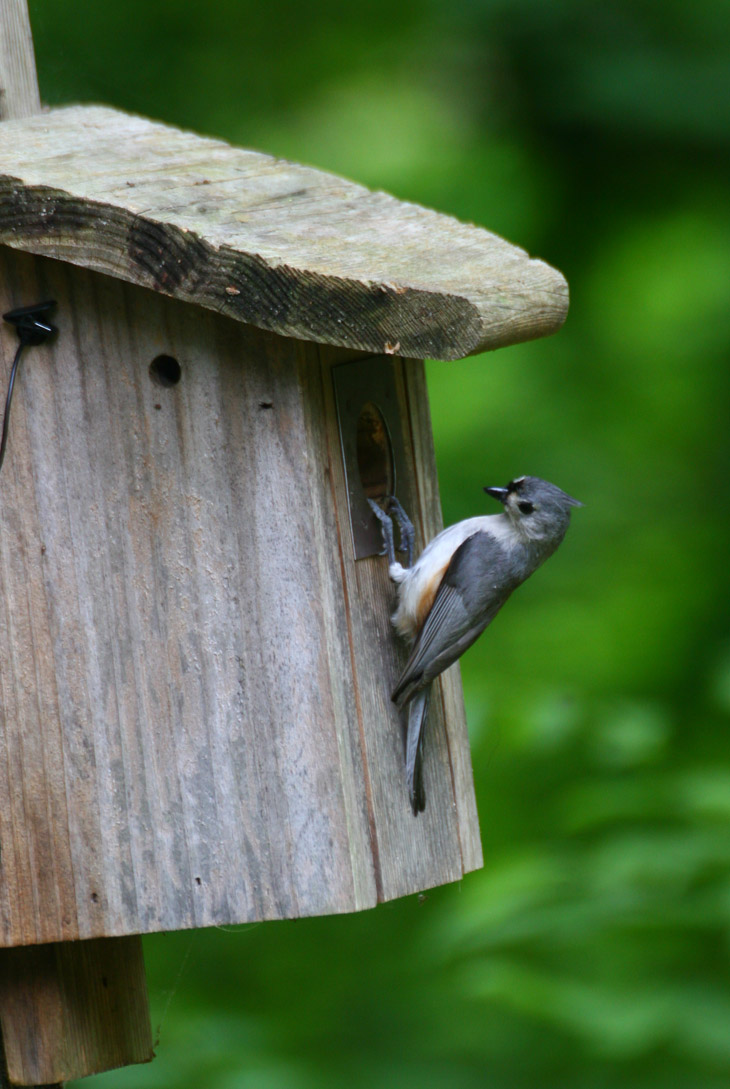
I had to include this image, both because it shows the position of the mic and because it seems like the female is eyeing it curiously; I’m pretty sure it’s out of her line of sight however. And it worked very well. The recording opens with the young inside responding to the adults outside – if you listen carefully you’ll hear their seemingly-distant calls (“distant” in this case meaning a handful of meters, still within the backyard.) And you should be able to tell when the male (with the meal you saw above) enters the nest. You might even pick out when he leaves if you’re listening closely.
Titmouse nest noises
And by the way, Wednesday May 17th is Endangered Species Day, of which titmice admittedly don’t count. Again, we’ll have to see if I can scare up some appropriate photos, but it will be a lot more challenging, partially from the very nature of it – they’re scarce if they’re endangered, duh!, so finding any of the North Carolina species on the list could be difficult. But you know I’m up to the task.




















































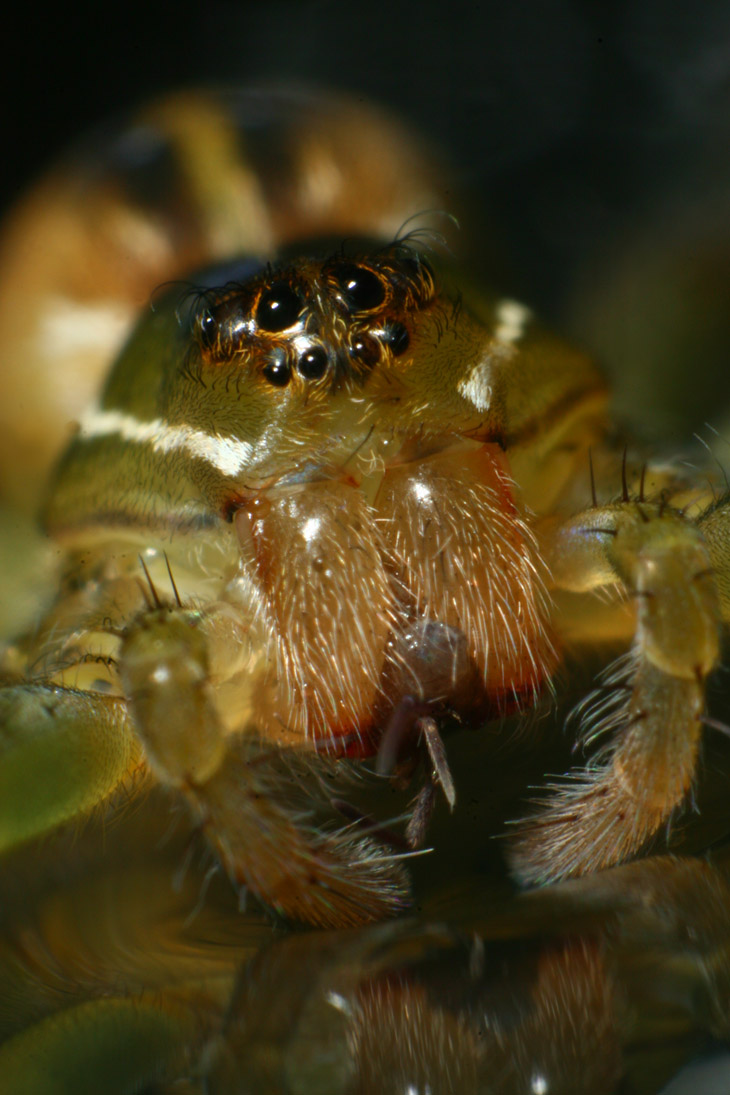
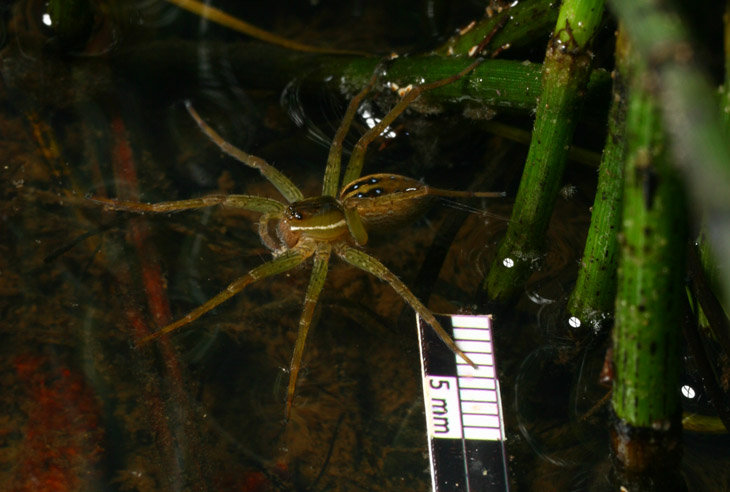
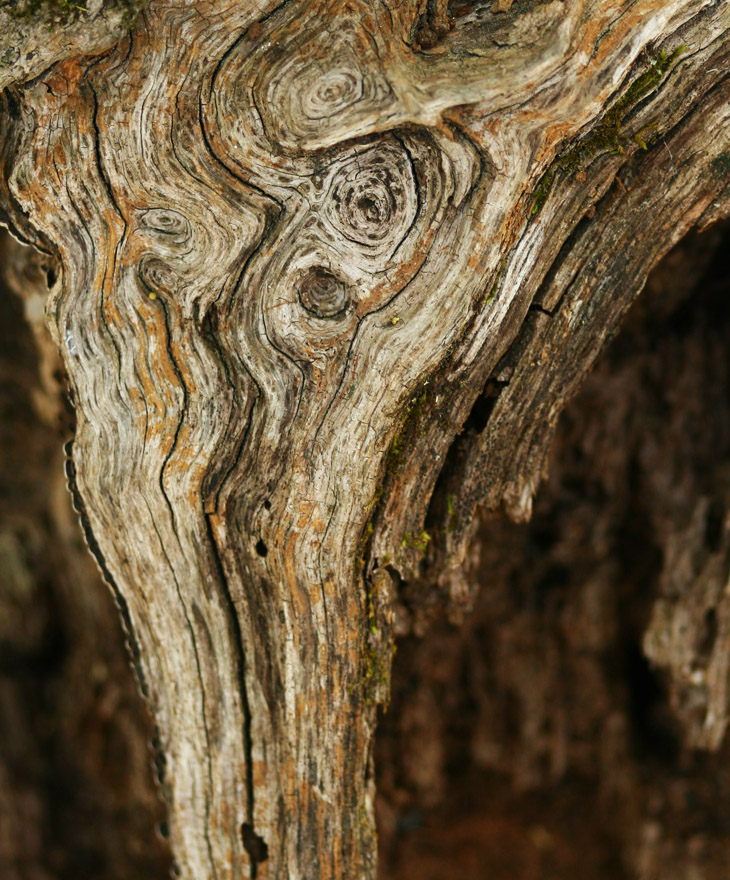

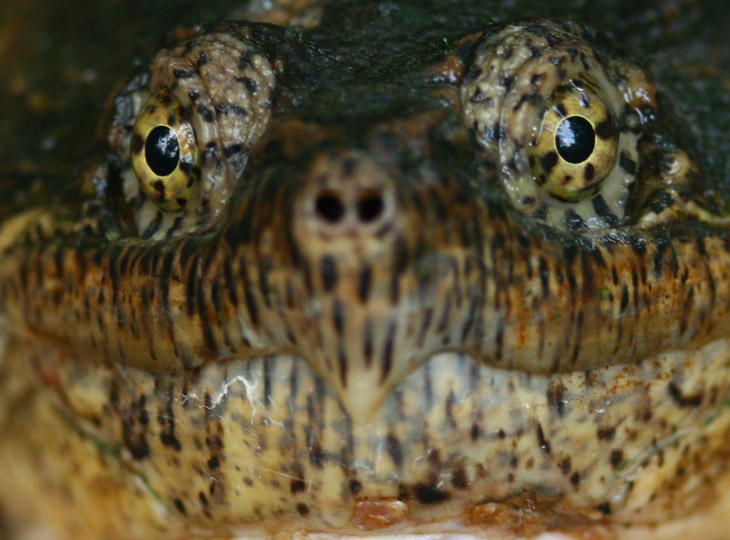
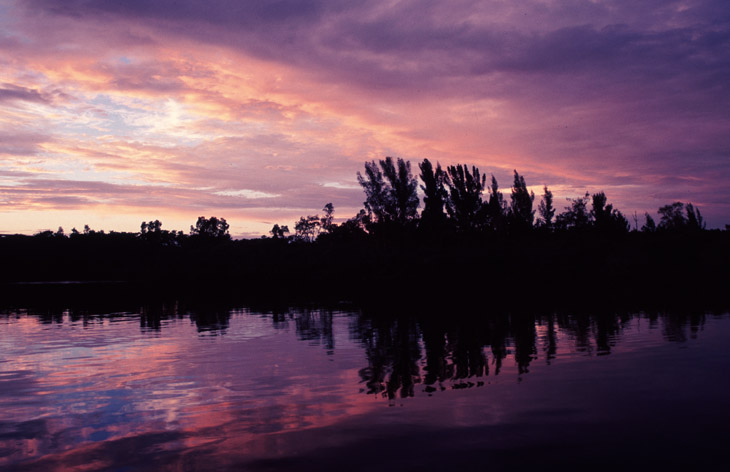


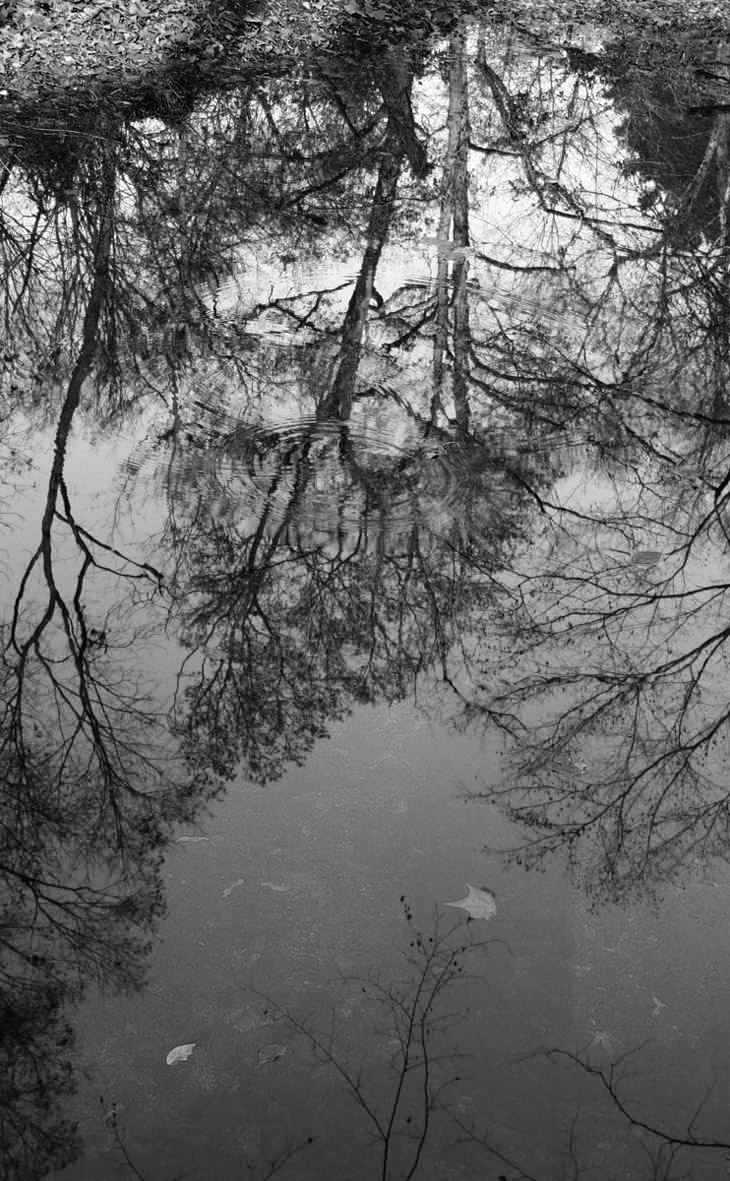
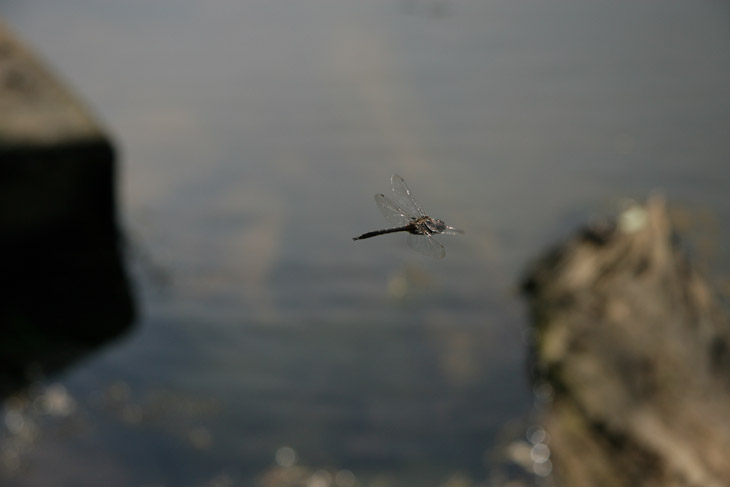


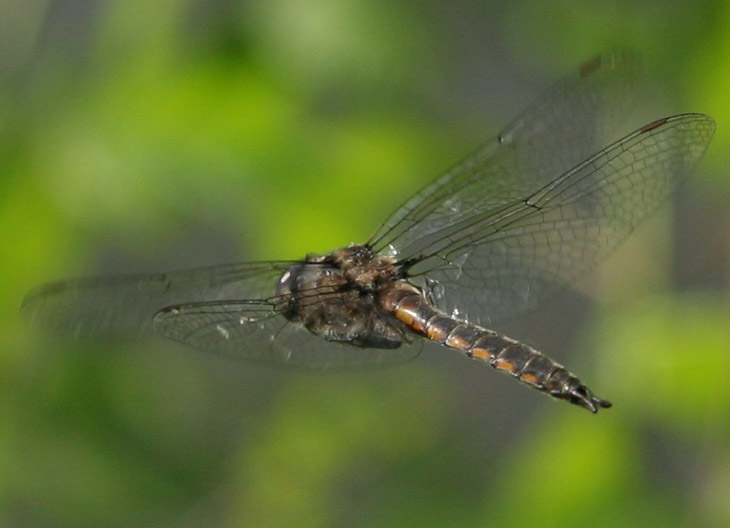
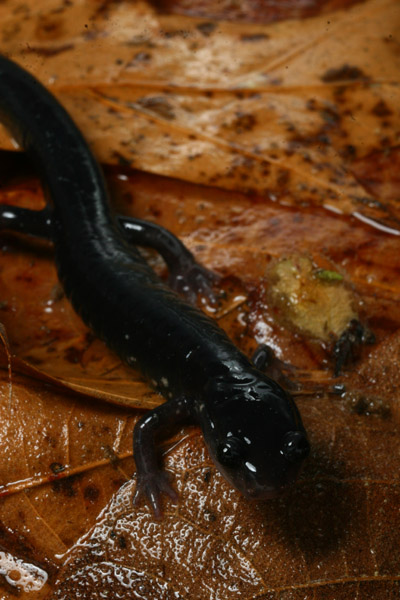
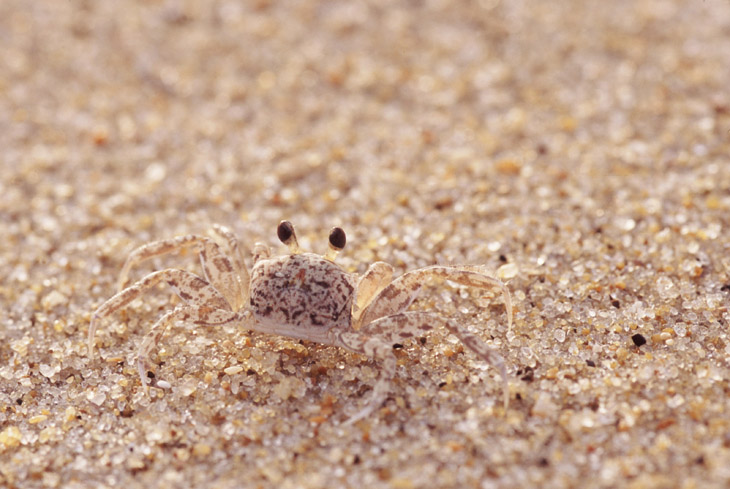
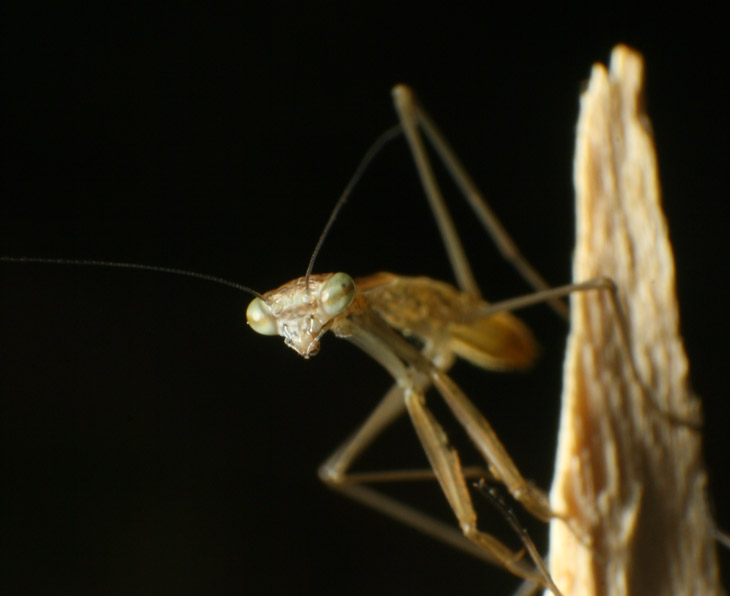
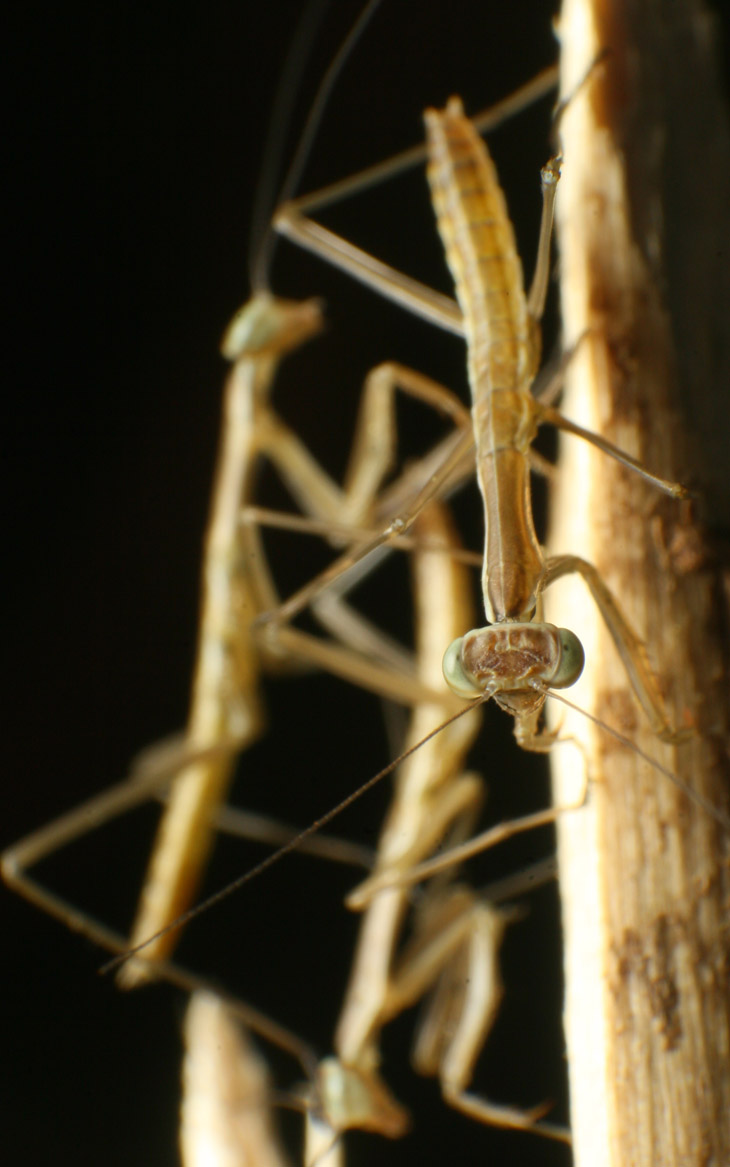
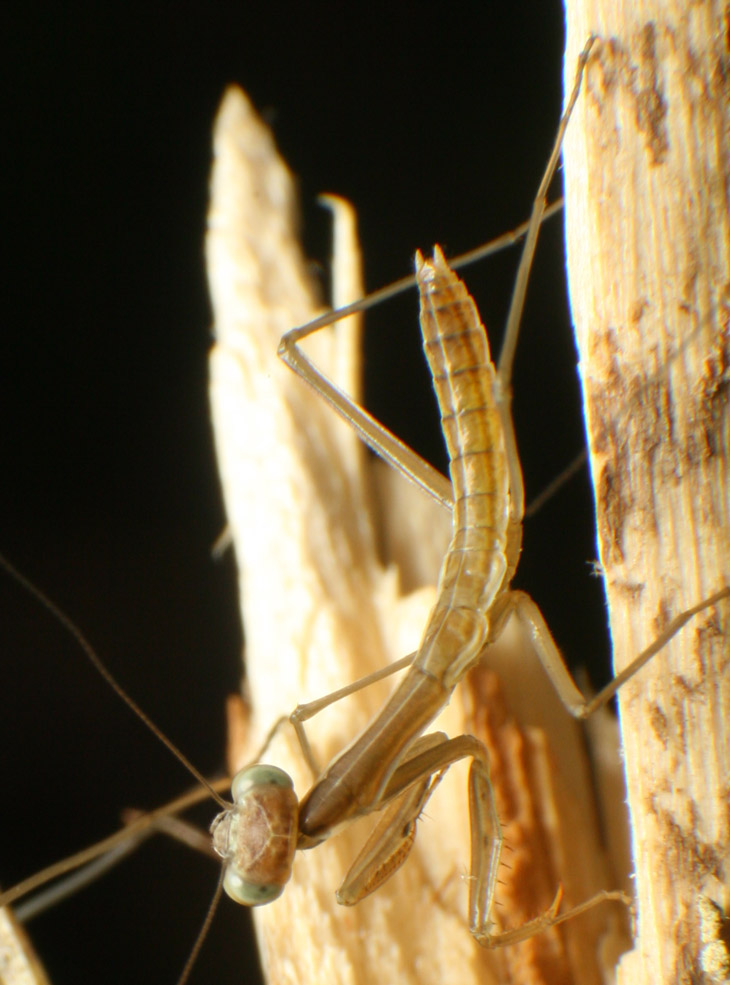
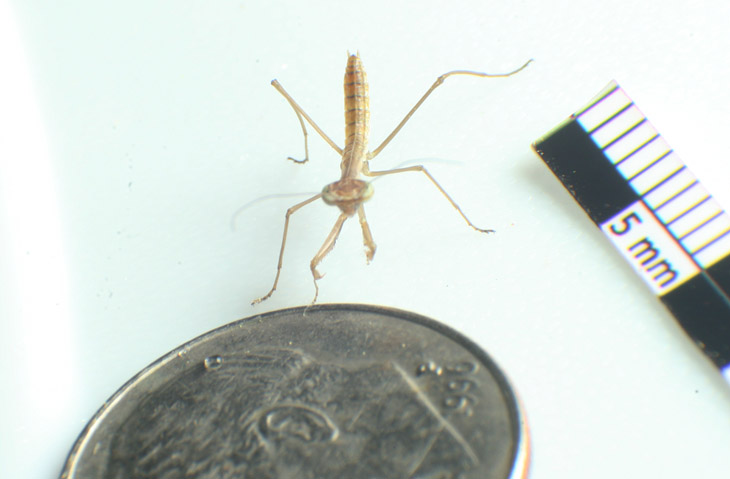
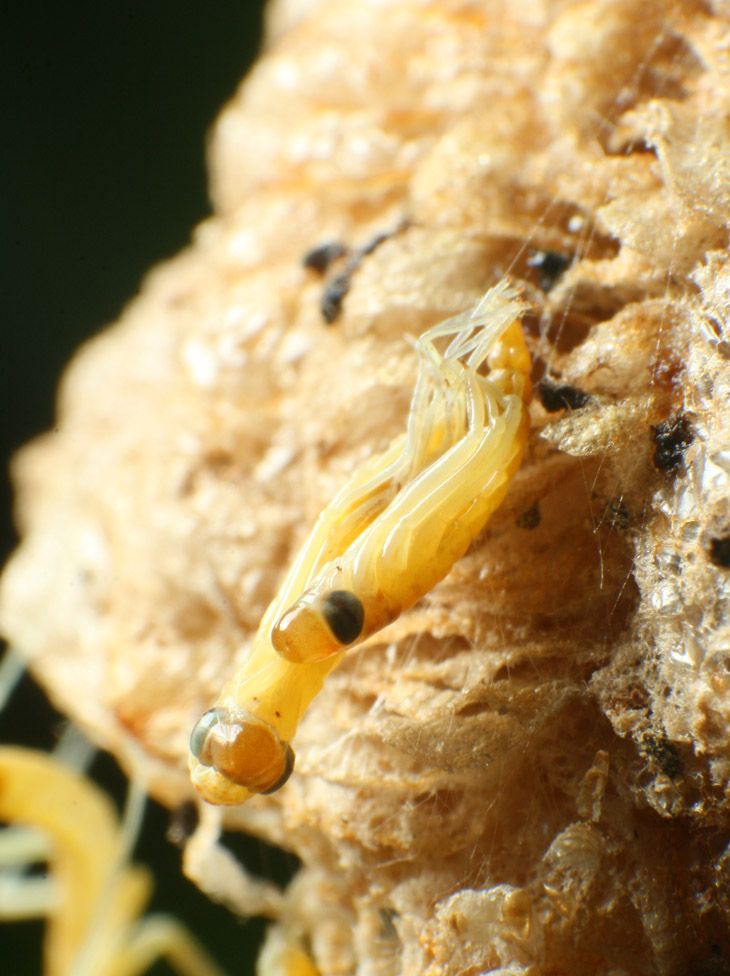
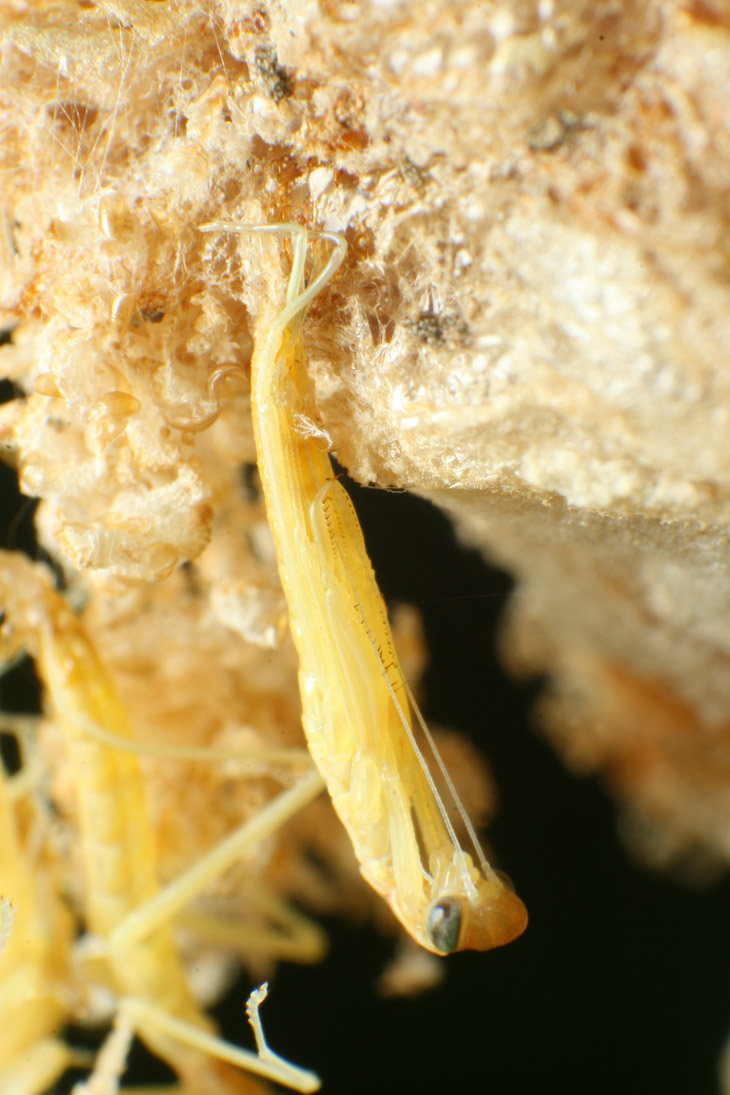

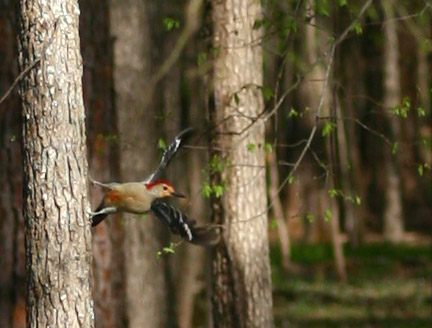 Welcome to Earth Day! I hope you get the chance to either go out and enjoy the natural (less human-affected) parts of our planet, or do something environmentally beneficial. I personally am going to have the chance to do neither, but I at least get the first option in fairly often, so we’ll go with some recent examples of that as eye-candy.
Welcome to Earth Day! I hope you get the chance to either go out and enjoy the natural (less human-affected) parts of our planet, or do something environmentally beneficial. I personally am going to have the chance to do neither, but I at least get the first option in fairly often, so we’ll go with some recent examples of that as eye-candy.
